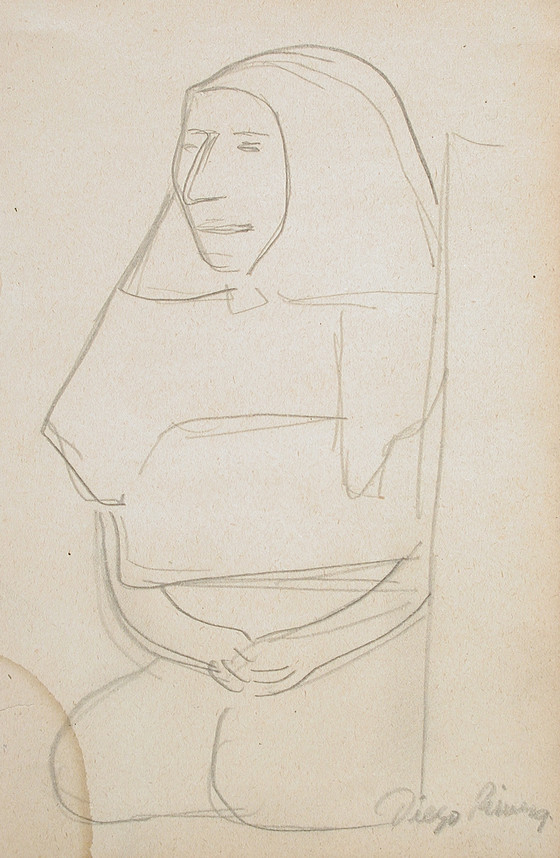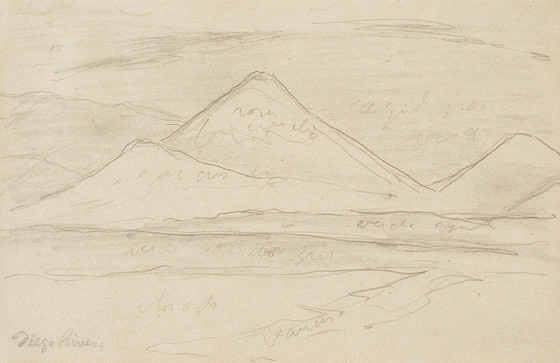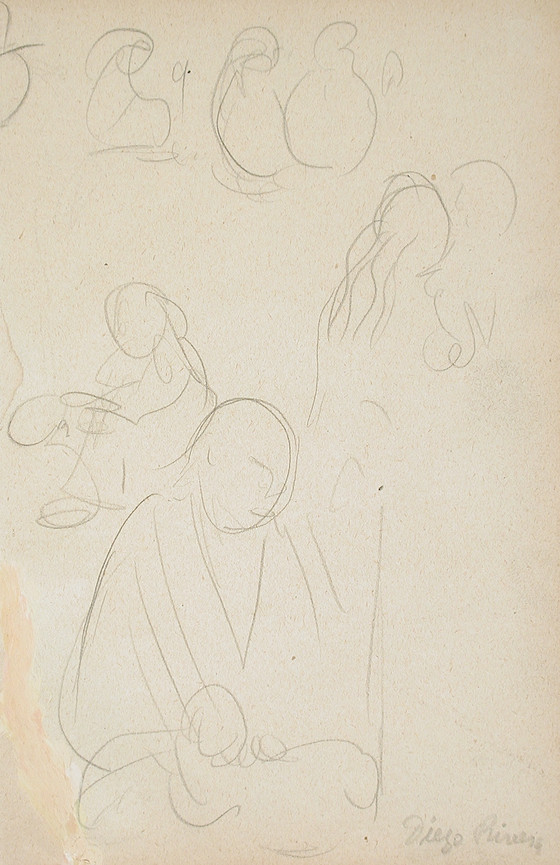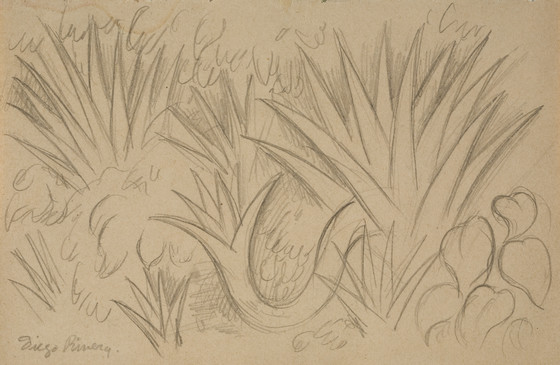Latin American Modernism
622 records
The artistic panorama of Latin America is as complex as the many nations that compose it. LACMA has a strong collection of Mexican modernism, including works by the muralists Diego Rivera (18861957), David Alfaro Siqueiros (18961974), and José Clemente Orozco (18831949), who emerged at a time when the visual arts assumed an important political role in Mexico. After the Mexican Revolution (191020), art increasingly reflected a spirit of national pride and progress. José Vasconcelos (18821952), appointed minister of public education in 1921, promoted the creation of a Mexican art that would unify the country, which had been fragmented by the civil war.
Many Latin American artists returning from study in Europe during the first two decades of the twentieth century advocated the creation of a uniquely Latin American art. Motivated in part by their contact with European artists who had been inspired by so-called primitive art, they championed their own pre-Hispanic heritage and local cultures. The Uruguayan painter Pedro Figari (18611938) portrayed the Creole traditions of his homeland, and the influential artist Joaquín Torres-García (18741949) incorporated pre-Columbian motifs into his constructivist works. Some artists opposed what increasingly became associated with the picturesque and ideological content of art, and advocated alternative forms of modernism. The development of geometric abstraction in South America, from the 1930s to the 1970s, is a rich chapter in Latin American modernismillustrated by several works in the collection, including by Torres-García (Uruguay), Hélio Oiticica (Brazil), and Jesús Rafael Soto (Venezuela), among others.
Ilona Katzew, 2008
Many Latin American artists returning from study in Europe during the first two decades of the twentieth century advocated the creation of a uniquely Latin American art. Motivated in part by their contact with European artists who had been inspired by so-called primitive art, they championed their own pre-Hispanic heritage and local cultures. The Uruguayan painter Pedro Figari (18611938) portrayed the Creole traditions of his homeland, and the influential artist Joaquín Torres-García (18741949) incorporated pre-Columbian motifs into his constructivist works. Some artists opposed what increasingly became associated with the picturesque and ideological content of art, and advocated alternative forms of modernism. The development of geometric abstraction in South America, from the 1930s to the 1970s, is a rich chapter in Latin American modernismillustrated by several works in the collection, including by Torres-García (Uruguay), Hélio Oiticica (Brazil), and Jesús Rafael Soto (Venezuela), among others.
Ilona Katzew, 2008











